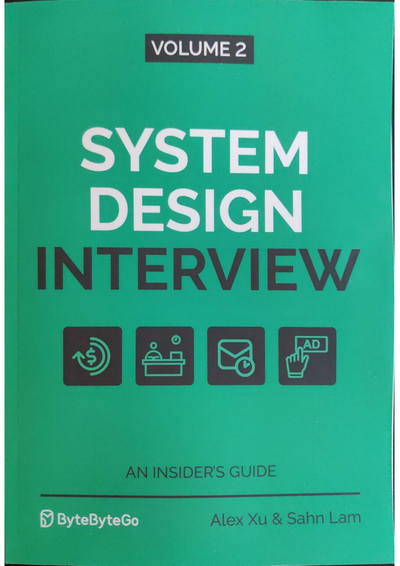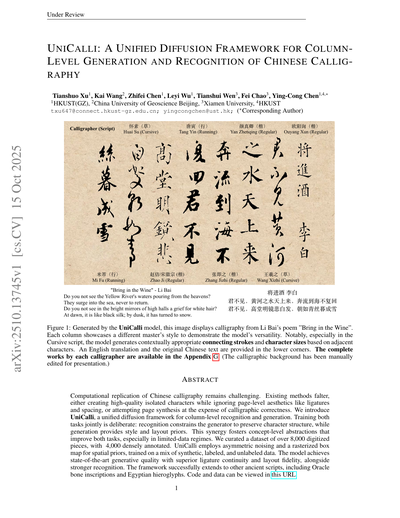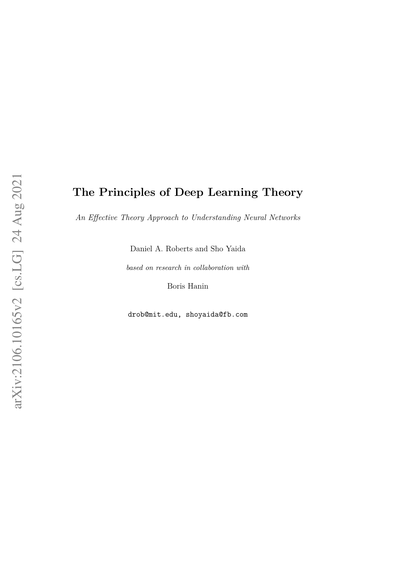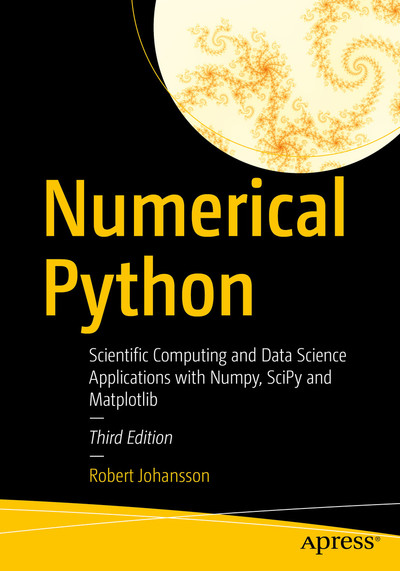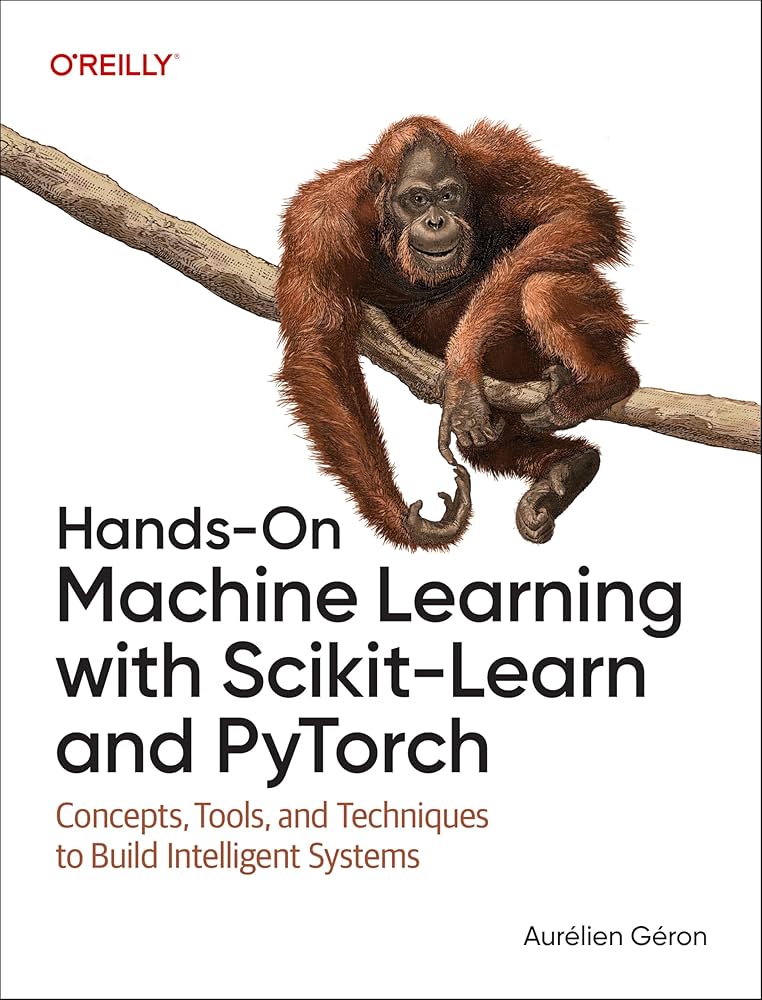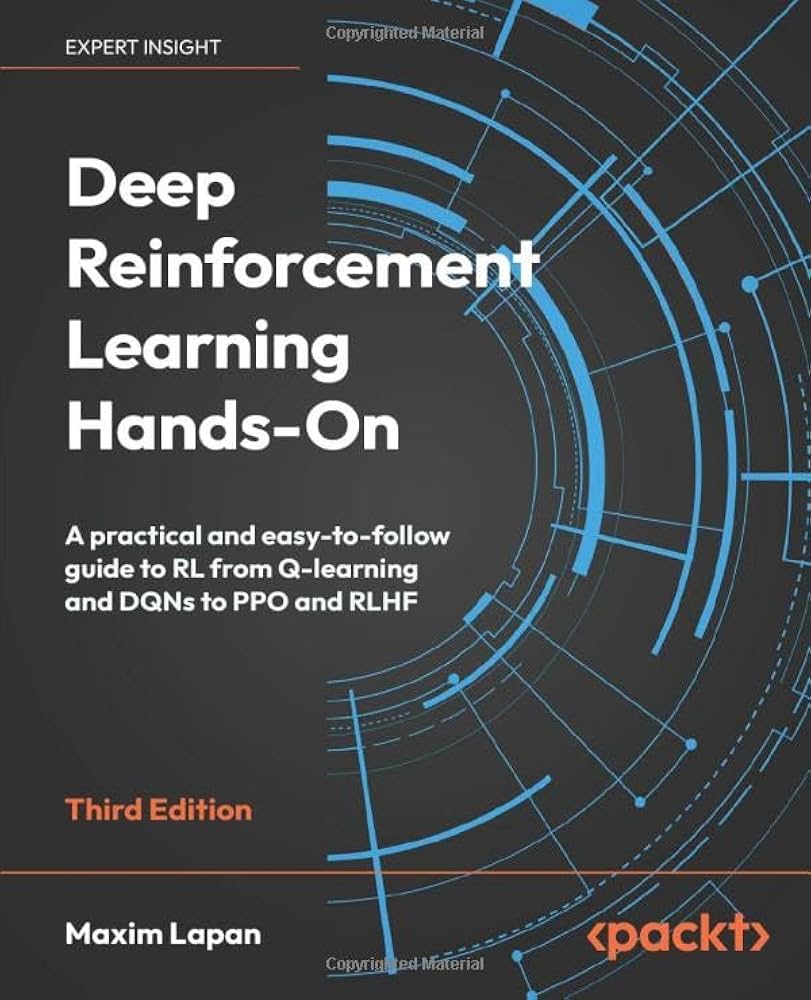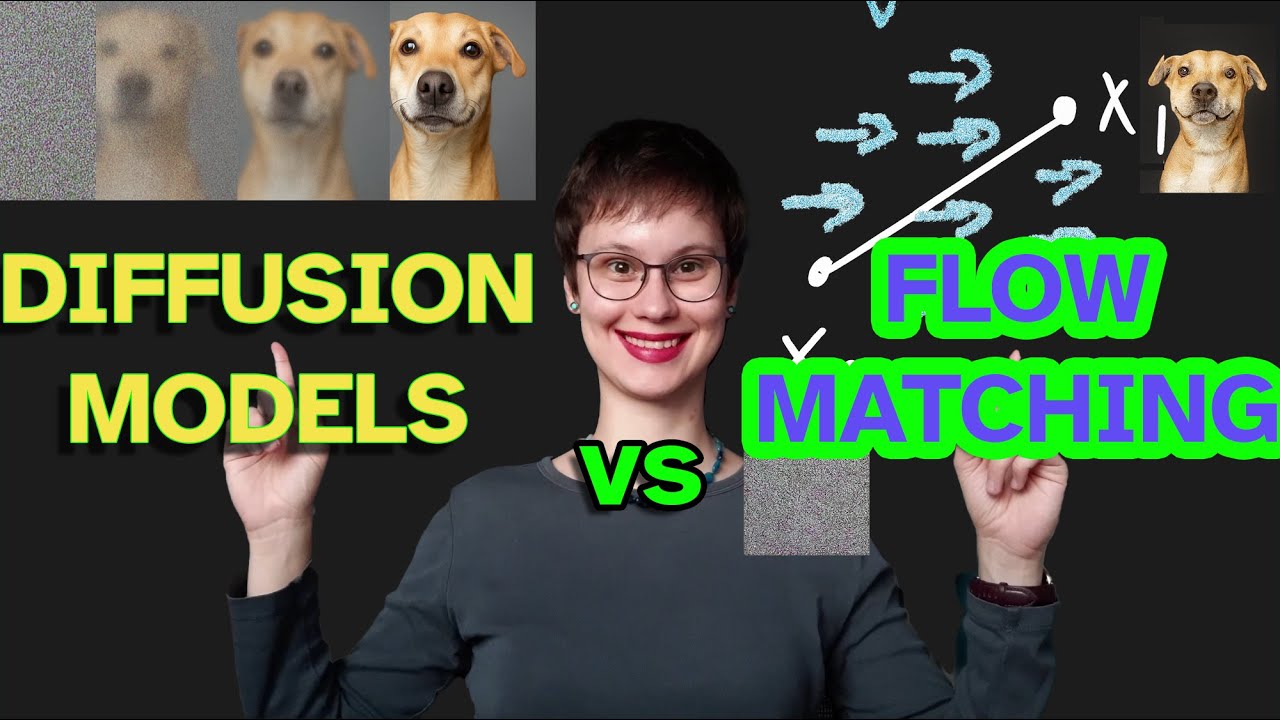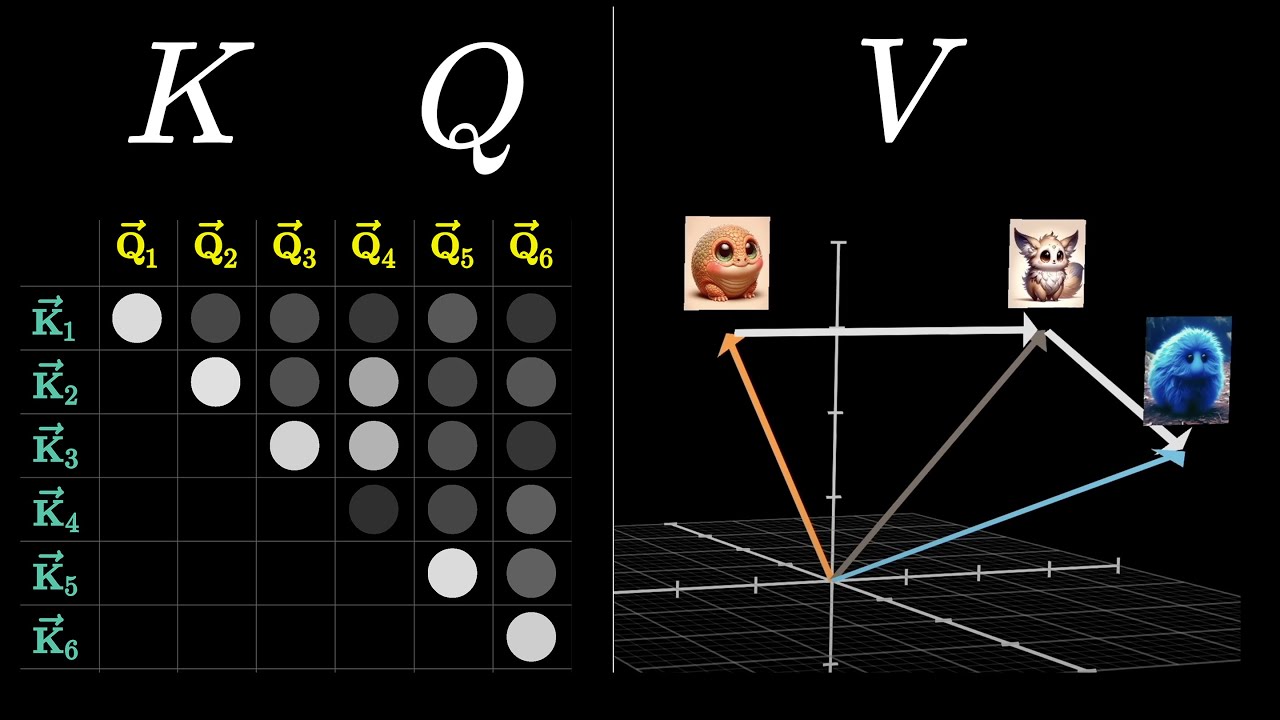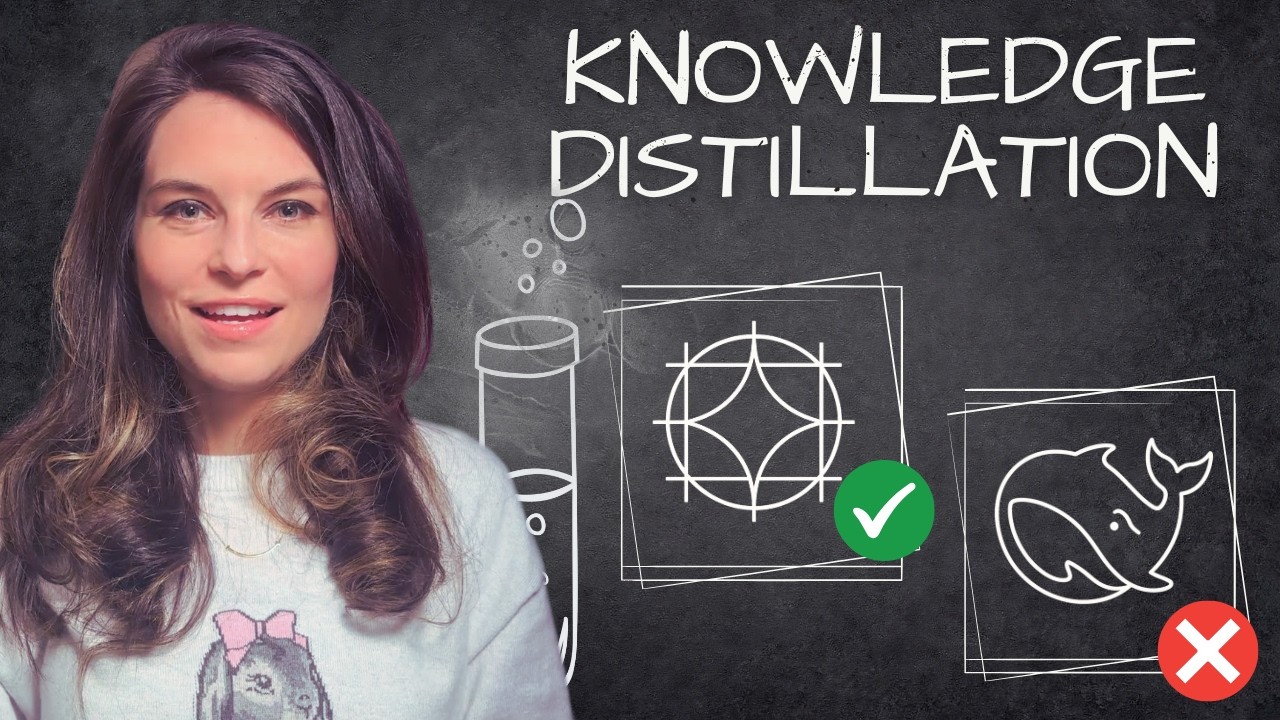
Online Workshop Every Week
Join our free weekly interactive learning sessions.
Master AI/ML with instant feedback and personalized learning
"Cogito, ergo sum" (I think, therefore I am)
— René Descartes

Free Problems
Chapter 02 - GPU Programming with C++ and CUDA
This problem set covers key concepts from Chapter 2: Setting Up Your Development Environment for CUDA programming. The questions test understanding of NVIDIA driver installation, Docker configuration, CUDA Toolkit setup, and the trade-offs between different development environment approaches. All questions are based directly on the chapter content and progress from basic concepts to advanced analytical thinking.
24 pts
Medium
97
nvidia-driver
cuda-requirements
gpu-programming
+7
Chapter 01 - GPU Programming with C++ and CUDA
This problem set covers key concepts from Chapter 1: Introduction to Parallel Programming. The questions test your understanding of parallel programming fundamentals, GPU architecture, and the differences between CPUs and GPUs. Work through these problems to reinforce your knowledge of when and how to use parallelism effectively.
22 pts
Medium
104
parallel-programming
fundamentals
core-concepts
+7
The End of Training (PDLT)
This problem set explores the finite-width training dynamics of deep neural networks, covering ddNTKs, algorithm dependence, and the theoretical framework for understanding fully-trained networks. The problems progress from basic concepts to advanced analytical reasoning about representation learning and optimization algorithms.
39 pts
Hard
100
ddntk
finite-width
training-dynamics
+7
11 Representation Learning (PDLT)
This problem set covers key concepts from Chapter 11 on Representation Learning, focusing on finite-width neural networks, the differential of the Neural Tangent Kernel (dNTK), and how these enable feature learning beyond the infinite-width limit. Problems progress from fundamental concepts to advanced analytical applications.
24 pts
Medium
103
representation-learning
finite-width-networks
dntk
+7
10 Kernel Learning (PDLT)
This problem set covers key concepts from Chapter 10 on Kernel Learning, focusing on infinite-width neural networks, the Neural Tangent Kernel (NTK), gradient-based learning, and the connections between kernel methods and linear models. Problems progress from fundamental concepts to advanced analytical applications.
39 pts
Hard
100
neural-tangent-kernel
infinite-width
representation-learning
+7
9 Effective Theory of the NTK at Initialization (PDLT)
This problem set covers the key concepts from Chapter 9: Effective Theory of the NTK at Initialization. The problems test understanding of NTK criticality analysis, scaling laws, universality classes, and the relationship between initialization hyperparameters and training dynamics. Questions progress from basic concepts to advanced analytical derivations.
34 pts
Hard
95
ntk
frozen-ntk
infinite-width-limit
+7
Premium Problems
Knowledge Graphs
USA AI Olympiad
Explore competitive programming and AI contest preparation concepts
Grade 5 Math
Discover elementary mathematics concepts and learning paths
Featured PDFs
View All PDFsSystem Design Interview: An Insider's Guide Volume 2
116 questions
348 pts
System Design Interview: An Insider's Guide
108 questions
317 pts
UNICALLI: A UNIFIED DIFFUSION FRAMEWORK FOR COLUMN-LEVEL GENERATION AND RECOGNITION OF CHINESE CALLIGRAPHY
10 questions
38 pts
The Principles of Deep Learning Theory
107 questions
418 pts
Featured Books
View All BooksAcing the System Design Interview
153 questions
456 pts
Numerical Python: Scientific Computing and Data Science Applications with Numpy, SciPy and Matplotlib
190 questions
543 pts
Hands-On Machine Learning with Scikit-Learn and PyTorch
200 questions
554 pts
Deep Reinforcement Learning Hands-On - Third Edition
222 questions
720 pts
Featured Videos
View All VideosFlow-Matching vs Diffusion Models explained side by side
10 questions
29 pts
Attention in transformers, step-by-step | Deep Learning Chapter 6
10 questions
30 pts
Knowledge Distillation: How LLMs train each other
10 questions
27 pts
Diffusion Model
10 questions
32 pts
Popular Topics
machine learning
56
deep learning
40
neural networks
35
reinforcement learning
33
system-design
28
grade5
27
optimization
14
large language models
13
attention mechanisms
13
combinatorics
13
system-architecture
13
natural language processing
12
aime problems
12
Number Sense
12
scalability
11
beginner
10
number theory
10
performance
10
transformers
9
capacity-planning
9
Click on any tag to filter problems by that topic
